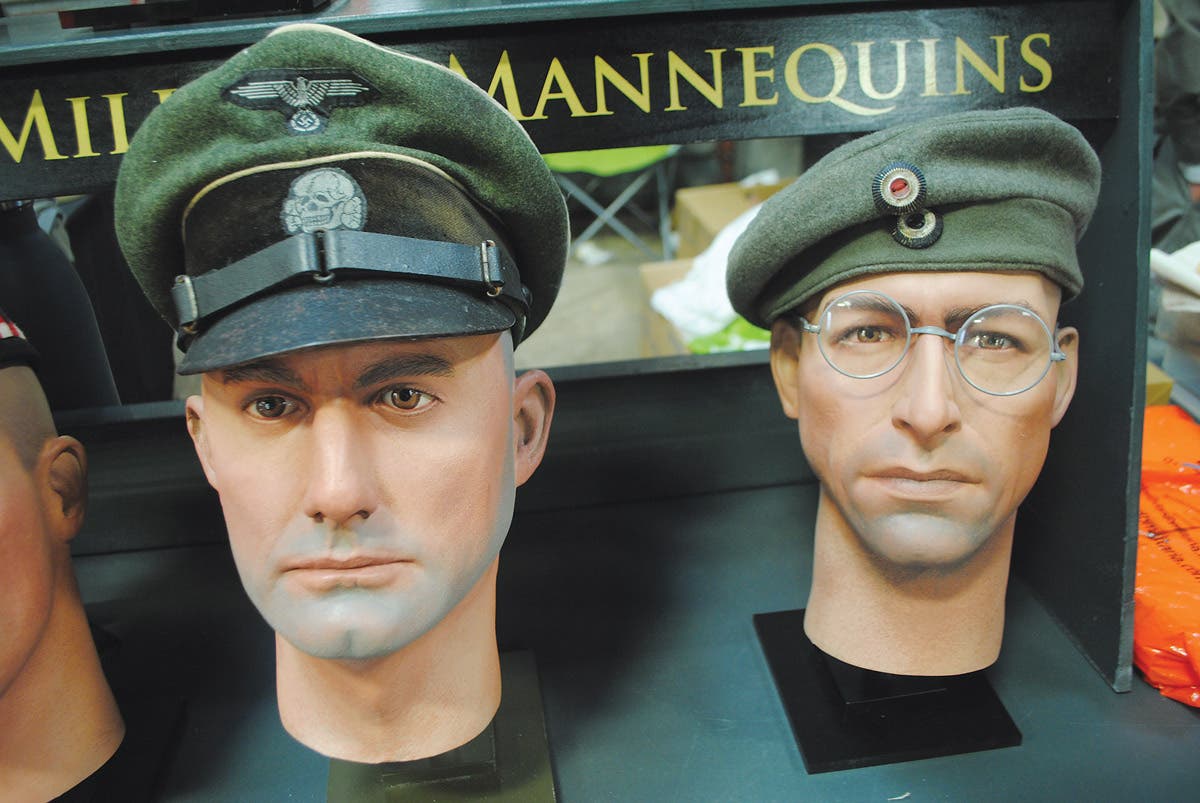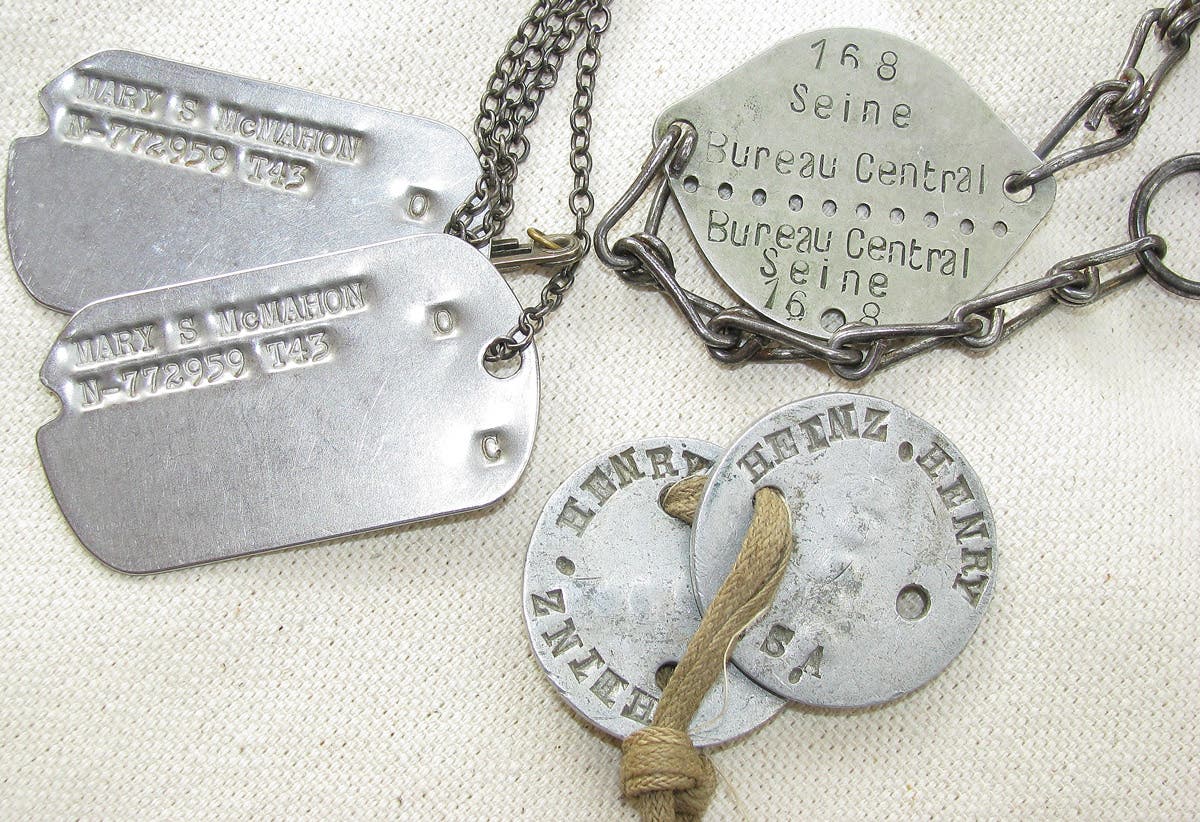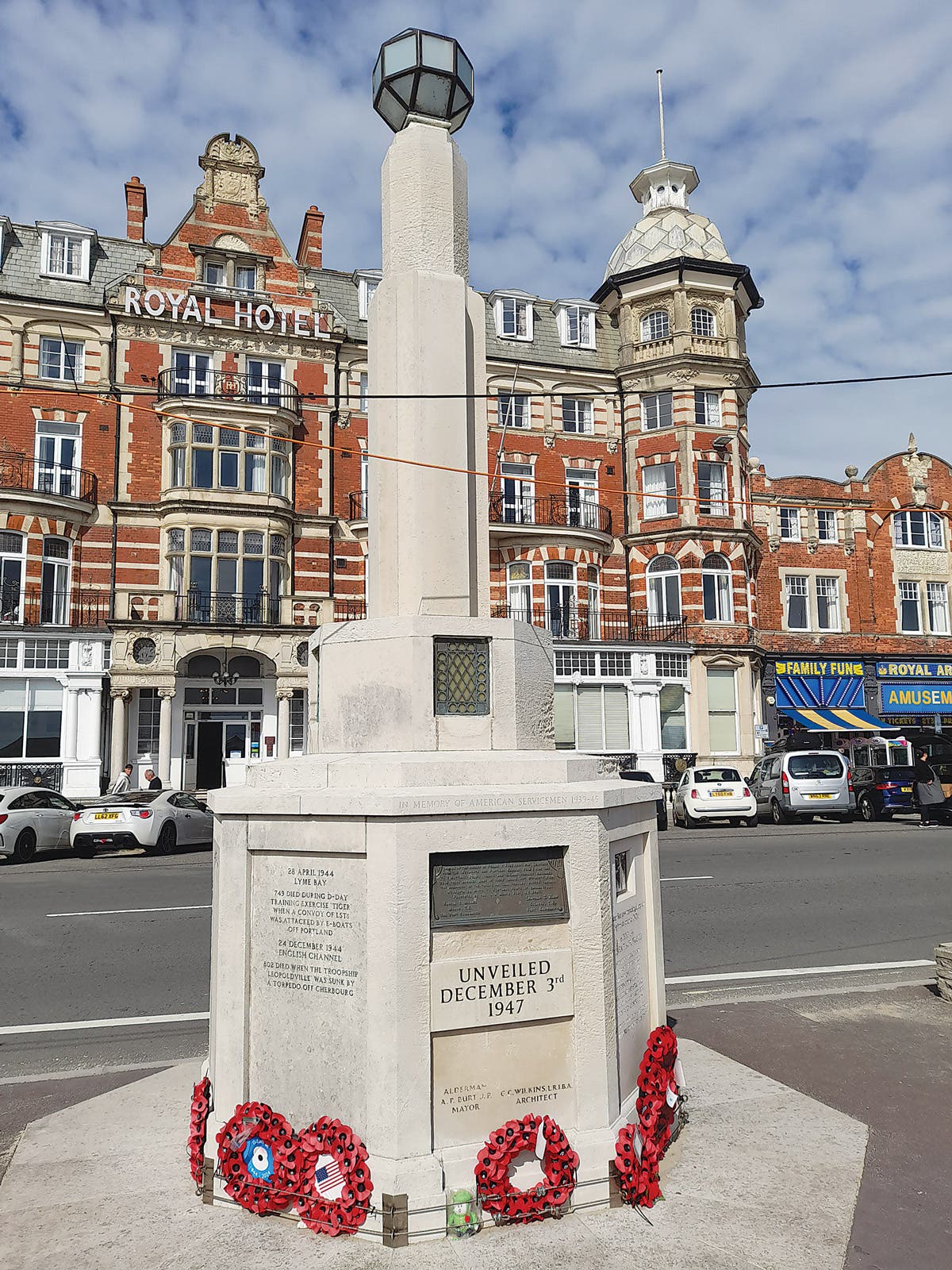Our own personal ‘museums’…
Often times, the connection between our love of our military collections mirrors our love for museums. It is all about the passion that ties it all together.
When I was in the fourth grade, my father went on a business trip to Washington, D.C., and my mother and I were able to join him. She and I were able to spend the days visiting the capital’s many museums, and not surprisingly I made sure we visited the Smithsonian Air & Space Museum at least half a dozen times.
As expected, I was fascinated by the aircraft and especially the Apollo mission spacecraft. I already had a lot of “space-themed” toys including rockets, and no shortage of scale model airplanes that my grandfather built for me.
In the weeks after that trip, it was clear it left an impact on me. Yet, instead of pretending I was an astronaut landing on the moon, or imagining I was a bomber pilot, I turned our garage into a “museum.” I built a replica of a Mercury space capsule from an old garbage can, hung pictures of spacecraft I cut out of magazines and put my various space toys on display. I even set up a small gift shop in one corner at the front.
Needless to say, my friends weren’t exactly impressed. There wasn’t much fun in playing museum visitor, especially when my broken B-17 Flying Fortress model was the centerpiece of the World War II aviation gallery — the back corner of the garage. The museum was short-lived, of course, as even I realized the fun was lacking. I actually enjoyed setting it up, but there wasn’t play involved. Soon again, the B-17 was flying missions over hated Nazi Germany, and my spaceships were bolding going to the furthest reaches of the backyard and beyond.
This was still a few years before my great-uncle bought me my first helmet, which spawned possibly an unhealthy obsession, but looking back at it now — it wasn’t the first military collectible show that inspired me. It was that trip to Washington, D.C. That is when I truly became a collector. I already had dozens of action figures, boxes of comic books, and other “collectibles” aimed at kids.
Yet, creating a museum is when I realized that while the B-17 and spaceships were more fun to play with than to put on a shelf, there was something to be said for having items that you could display and appreciate.
Collections Are Mini-Museums
It goes without saying that I truly love museums. While I’ll never pass up a chance to visit any museum focused on “military,” “war,” or similar themes, I just love museums of all sorts. I’ve enjoyed the baroque musical instruments in Vienna, the Renaissance artwork in the Vatican’s collection in Rome, the oddities of the British Museum in London, and certainly everything in the Bicycle Museum of America in New Bremen, Ohio.
In fact, with all due respect to the dozens of military museums — that include among others, the Musée de l’Armée in Paris, the Imperial War Museum in London, and the National World War II Museum in New Orleans — I’m starting to feel I’ve seen it all.
On a recent trip back east, I enjoyed the visit to the National Cryptologic Museum at Fort Meade, Md., more than the visits to the true “military museums.” The reason is that I am fortunate to know many collectors who have items that are beyond worthy of a museum. OK, it is hard not to be impressed seeing the Iowa-class battleship USS New Jersey (BB-62) and most of my friends don’t own tanks or aircraft. Yet, I increasingly find that when it comes to uniforms, helmets, and even small arms, the best museums are falling short of what I’ve seen in these private collections.
In addition, I find that even the best museums often only have a fraction of the items from their collections on display at any time, with much remaining in storage rooms for years or even decades at a time.
It is also hard to appreciate what could be among the best museums — like the Musée de l’Armée or London’s Imperial War Museum — because of the crowds, who I’ve also gotten the sense are only there before heading to the Eiffel Tower or the Tower of London.
Occasionally I see the fourth grader who had to drag his parents there for the sixth time and who views every object as magical at the smaller less traveled museums, like Fort Leavenworth’s Frontier Army Museum.
Yet, when I walk the aisle of Show Of Shows, the MAX Show, the Baltimore Antique Arms Show, and even many smaller shows I see the excitement in the eyes of middle-aged (or older) men and women. Maybe there is something to be said about having a chance to buy the items.
For the record, I’ll never pass up a chance to visit almost any military museum, and in my travels, I’ll still try to stop at almost anything with “museum” in the name — with one notable exception. I loathe car museums (come ask me about it at SOS).
My love of museums began before that trip to Washington, D.C., but I still feel it is when I became a collector. Maybe that’s why my home office — where I spend about 10 hours a day — is like my personal museum. It is truly my happy place, even if I don’t have a Mercury space capsule.
Peter Suciu has his finger on the pulse of the military collecting hobby. Here are a few additional articles for your reading enjoyment.
Peter Suciu is a freelance journalist and when he isn't writing about militaria you can find him covering topics such as cybersecurity, social media and streaming TV services for Forbes, TechNewsWorld and ClearanceJobs. He is the author of several books on military hats and helmets including the 2019 title, A Gallery of Military Headdress. Email him and he'd happily sell you a copy!








